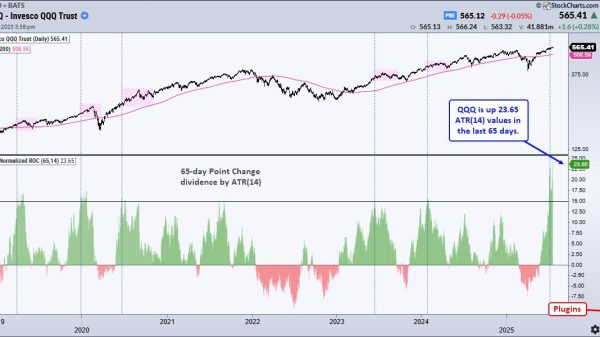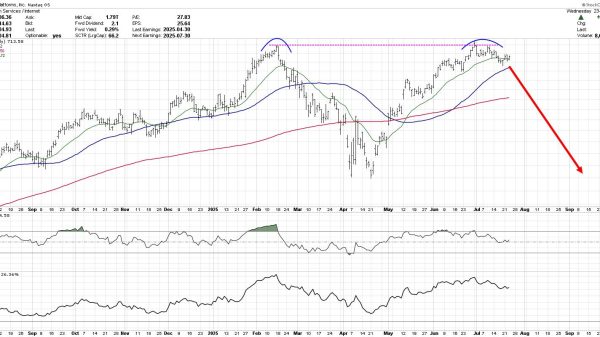New research from Wireless Logic reveals a growing trend for enterprises to turn to their IoT connectivity providers for support with low-code IoT application development.
As internal IoT skills gaps widen, enterprises are no longer just seeking connectivity – they are turning to external resources like application enablement platforms and hosting solutions to streamline development and increase productivity.
Key findings of the Wireless Logic report include:
49 per cent of cellular IoT adopters expect connectivity providers to offer professional services for software and application design, making this the most popular value-added service from a list that included data orchestration and ‘plug-and-play’ hardware 39 per cent of cellular IoT adopters are looking for an application enablement platform, and 37 per cent expect application hosting services 46 per cent of all respondents identified a lack of software development resources and skills as a major challenge in leveraging cellular IoT technology for the first time.The findings highlight the growing need for simplified development processes. McKinsey’s Developer Velocity concept highlights how reducing barriers for developers can drive greater innovation and faster results. In the IoT space, where development must integrate hardware, manage complex protocols, and ensure secure communications, this velocity is more difficult to achieve. Low-code and no-code platforms are emerging as critical solutions to these challenges.
Iain Davidson, Senior Product Manager at Wireless Logic, commented:
“Low-code platforms don’t just address the skills gap, they fundamentally transform how businesses approach IoT development. By handling the complexity of integrating hardware and managing secure communication protocols, these platforms enable teams to focus on what truly drives value – innovation and differentiation. For example, enterprises can significantly cut development time, freeing up resources to focus on critical areas like security or customised features that set them apart from the competition.”
“As IoT adoption accelerates, low-code solutions are becoming essential to staying competitive. They not only provide the agility needed to adapt quickly to market demands but also help enterprises overcome the persistent challenge of limited in-house expertise, allowing even smaller teams to deliver robust IoT solutions efficiently.”
The research, conducted by Kaleido Intelligence, surveyed a global sample of 1,000 cellular IoT adopters and non-adopters across various industries.
The post Wireless Logic: IoT skills shortage drives demand for low-code solutions appeared first on IoT Business News.
























